LAMINATE MANUFACTURING PROCESS
Laminates are essentially a mixture of plastic and paper. Brown and Decorative papers is soaked in Phenolic and Melamine resins are pressed to create a rigid laminate sheet.
BASIC RAW MATERIAL
Laminates are comprised of paper which is treated with chemical resins that give the paper with stiffness and strength. The principal ingredients used for the production process are listed below.
- Paper that is brown (such as the kind used to make brown bags of paper. It is commonly referred to in the form of Kraft paper)
- Phenolic resin (which is made of phenol, and is the primary substance used in the production of plastic)
- Decorated/Decorative Printing Paper for Decoration (this will feature the design of a decorative print for the front of mica sheets)
- Melamine resin(A transparent clear resin used to treat papers with decorative designs)
- Clear transparent paper (which is the topmost layer of the laminated decorative sheet)
MACHINES USED
The most important equipment and machinery required to create laminates is listed below.PIL (Paper Impregnation Line)
- Drying and Cooling Machines. Cut Machines (for cutting the laminate sheets to sizes that are standard or the desired in accordance with market requirements)
- Hydraulic Press
- Steel plates (used to create a barrier between laminate sheets when pressing, and also to cut the desired designs and patterns into the Laminate)
- Sanding Machines (for smoothing the brown/bottom side of the laminate sheet)
THE LAMINATE MANUFACTURING PROCESS:
The principal steps that are performed during the process of making laminates are described below.
STEP 1: SOAK THE PAPER IN RESINS
The brown paper that will be used to make up the bottom or the base of the laminate, is soaked in a bathtub which has been filled up with Phenolic resin. After it’s soak, the brown sheet is not just wet but actually absorbs the resin, and is coated with it. This process is known as impregnation. the machine that moves the paper that has been rolled up from its spools to the resins is referred to as an PIL (Paper Impregnation Line). The decorative printed paper as well as the translucent paper are also coated and soaked with Melamine resin. The resin helps make these surfaces stronger, more rigid and more resistant to wear and tear as well as scratches.
STEP 2: DRYING THE PAPERS
Then comes drying, in which the paper that has been soaked is let to dry. Once the drying process is finished the paper that would be easy to tear gains new physical characteristics. It is now stiff and brittle.
STEP 3: HIGH-PRESSURE PRESSING AND BONDING
The next step of the process of making laminates is to press these papers in high temperatures and pressure. This is achieved by using hydraulic presses. The sheets or papers are laid on top of each other. The brown paper makes up the base sheet, then the decorative sheet The top layer is composed of the transparent translucent paper. The massive hydraulic presses are made to press an enormous number of laminate sheets in the same time. Thus, all the laminates which will be pressed laid one on top of the other using steel separators plates that are interspersed among each one (so that the laminate sheets don’t get stuck together while being pressing). The steel sheets serve another function. They are made to carry patterns or textures which they are etched on the surfaces of the sheet when it is being press. This is the reason decorative laminates are frequently described as HPL as well as HPDL ( High-pressure decorative laminates). We also have the biggest capacity of a hydraulic press in India that has 24 openings for daylight with the sizes: 1220 2440 x 1300 mm 1300 x 2850 mm 1300 x 3050 mm as well as 1860 x 3660mm and 1850 4320 x 3660.
STEP 4: SANDING THE NON-DECORATIVE SIDE
In the last step in the procedure, the lower surface (non-decorative part) is evenly sanded using the Sanding machine. Sanding improves the surface for adhesion to the surface. The sanded surface is one where carpenters apply adhesive when gluing laminate sheets on plywood or other substrates for base.
STEP 5: TESTING, PACKING, SHIPPING
The samples of the final products can be tested using the standard quality tests for laminates , as in accordance with the standards, and these sheets are then packed and sent to the standard distribution channels of laminate manufacturers. Thickness Thickness of Laminate sheets typically ranges from 0.6 millimeters to 1.5 millimeters, and many layers of paper may be used during the manufacturing process. More thick Laminate sheets (3mm to 30mm thick) are also produced and are referred to as small laminated sheets. These sheets are strong and self-supporting. These sheets are able to be used as a standalone product without attach them to particle board, plywood, MDF or any other base materials. Choose the Best Laminate Brand in India.

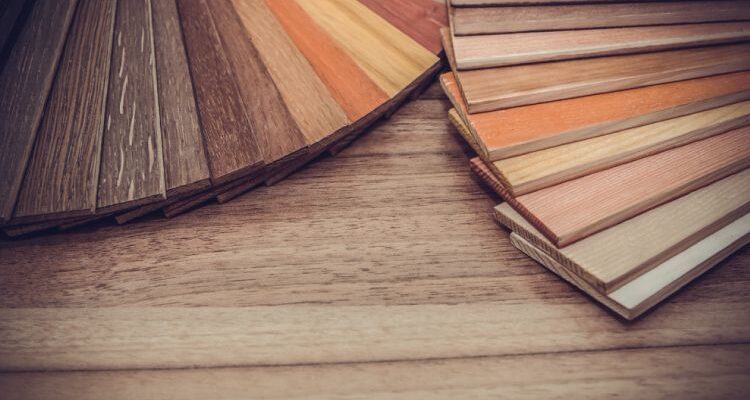
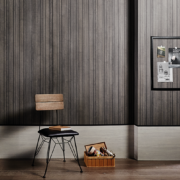

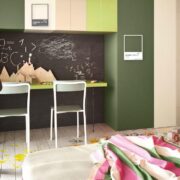

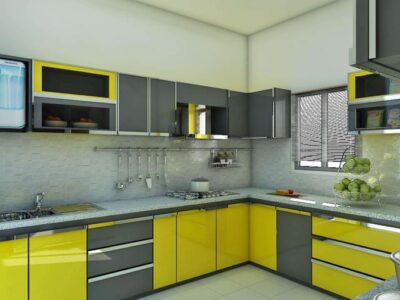
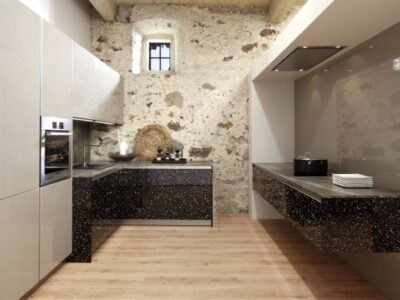
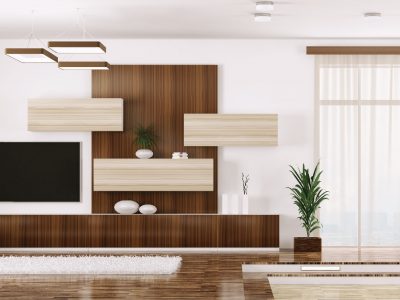
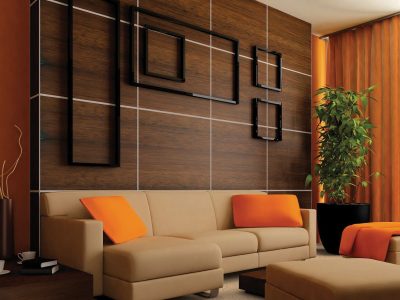
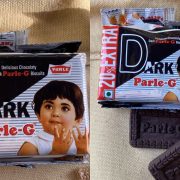




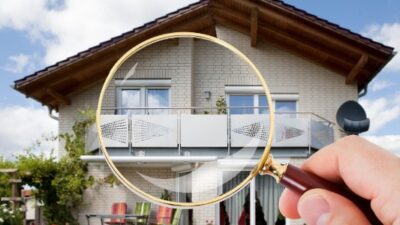






Comments